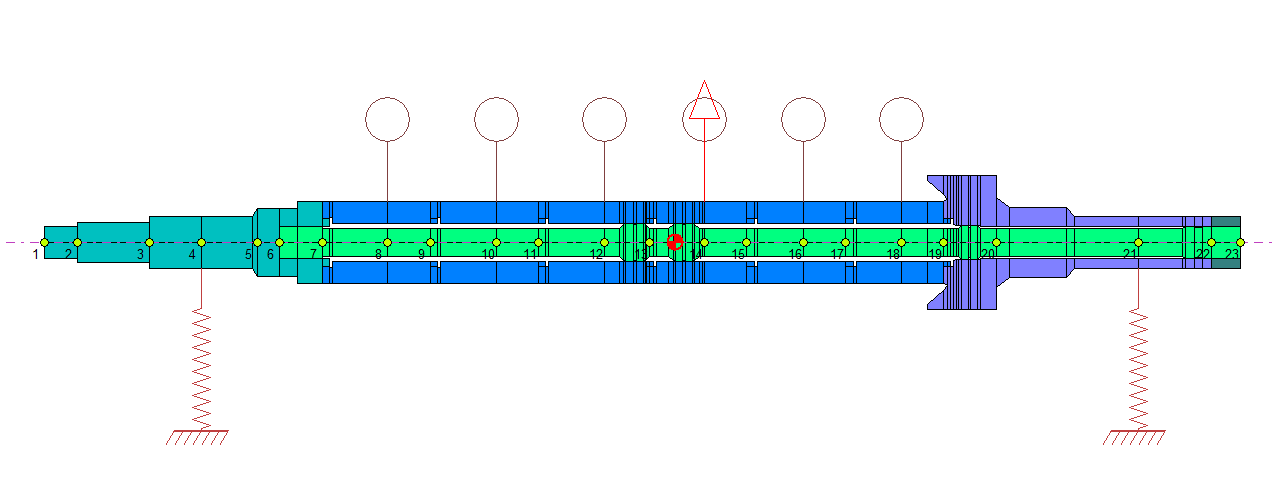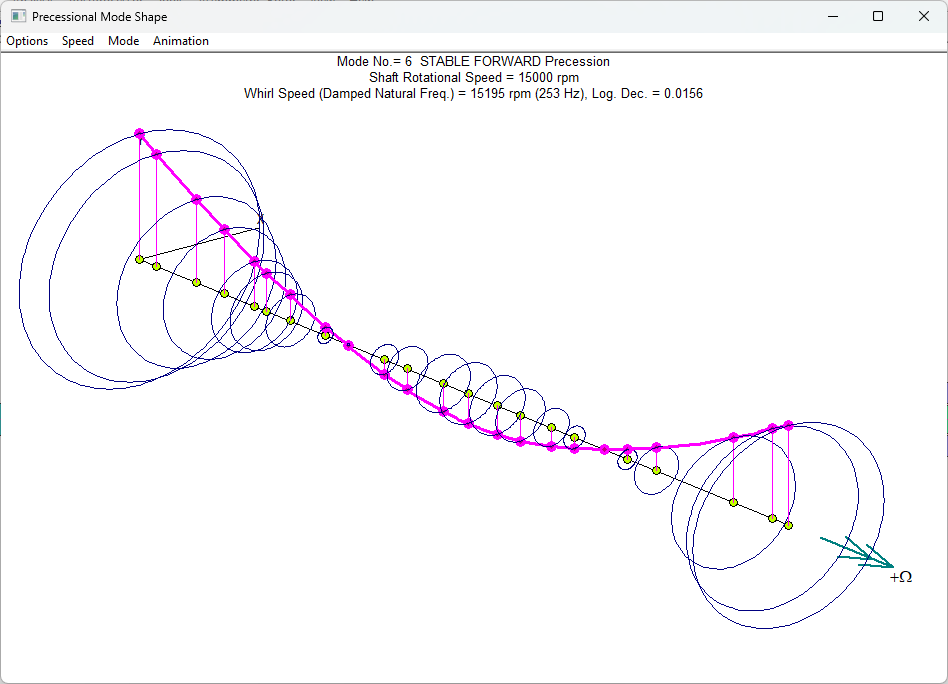Rotor Dynamics Analysis
Executive Summary
An offshore oil and gas platform had been experiencing unpredictable vibration issues with two of their turbine-driven high pressure gas compressors. The compressors are identical in design, but both exhibited unpredictable elevations in vibration over time. Gas analysis shows minimal changes over time, suggesting that the compressors are not surging due to Molecular weight changes of the gas. Anecdotal evidence was reported that the compressors are stable after an overhaul, and for some time beyond the initial startup, however, vibrations are observed to increase over time, with no known cause. The Operators have been forced to adjust compressor speed to optimize vibrations for continued operation. The reduction in speed has affected production by reducing the throughput of the compressor.
Introduction
A detailed vibration analysis program was initiated to determine the exact characteristics of the two compressors, each with different operating chronologies. Both #1 and #2 compressors show evidence of sub-synchronous vibration at 0.37X running speed, but with running speeds of 14,300 and 14,900 rpm, respectively.
Objective
The purpose of the Field Engineering study is to perform a rotor dynamics analysis using Dyrobes® and ANSYS® FEA and CFD to determine the exact stimulus of the rotor unbalance and counteract these unbalance forces as much as possible to permit long-term, stable operation.
Case Study
A detailed rotor model was developed in Dyrobes®, and the undamped rotor instability was mapped, which indicated that the rotor has a critical speed near the design operating speed.
This case study is ongoing. Optimizations of bearing stiffness and rotor damping are being modeled to determine suitable modifications that are possible with existing hardware, or alterations to bearing designs that will improve the rotor damping coefficients.





